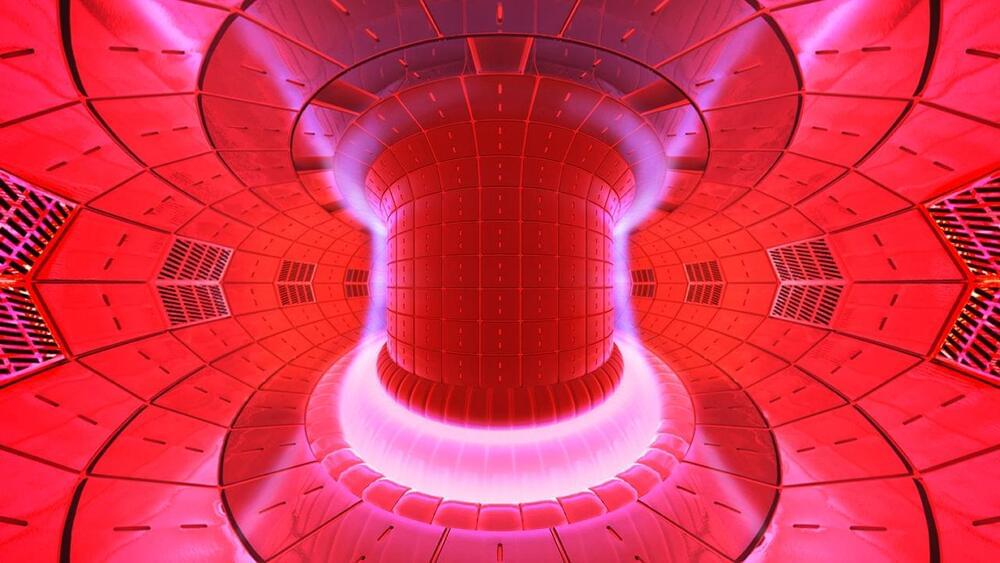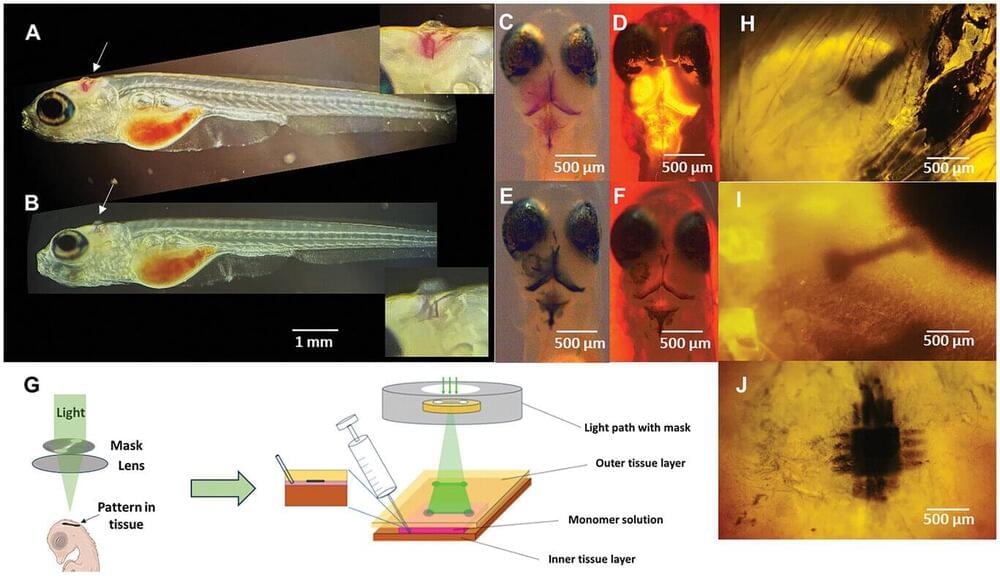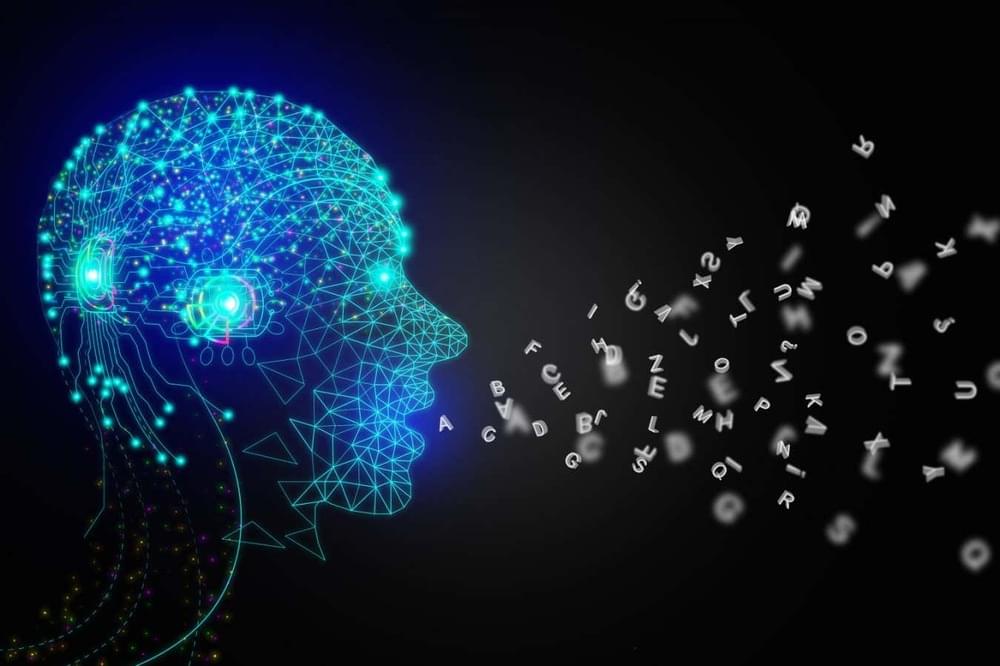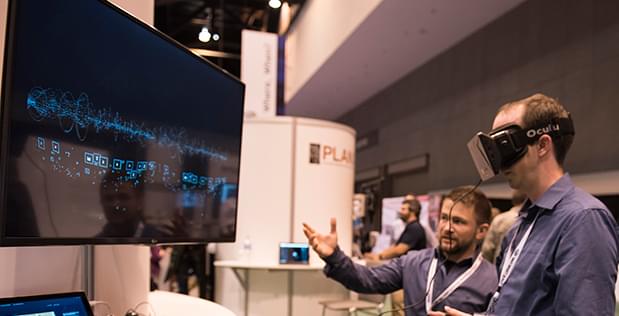Two developments in 2025 will mark a decisive shift in the decades-old quest to generate cheap and abundant energy from nuclear fusion.
A near four-decade quest to bring the quagga back is being heralded as a success, but not everyone is impressed.
Bioelectronics research and development of implants made of electrically conductive materials for disease treatment is advancing rapidly. However, bioelectronic treatment is not without complications. Researchers at Lund University in Sweden have taken another step forward by developing a refined method to create detailed and tissue-friendly bioelectronics.
In a study published in Advanced Science, the researchers describe how they can use light to create electrically conductive materials directly in the body, showing promising results in animal trials.
Bioelectronics is successfully used for treating heart arrhythmia, epilepsy, and neurodegenerative diseases like Parkinson’s, to name a few. However, it’s well known that today’s bioelectrodes and implantation methods require the tissue to adapt to the electrodes, rather than the other way around. This can lead to complications.
Letting AI models communicate with each other in their internal mathematical language, rather than translating back and forth to English, could accelerate their task-solving abilities.
The United States Food and Drug Administration has just approved the first-ever clinical trial that uses CRISPR-Cas13 RNA editing. Its aim is to treat an eye disease called wet age-related macular degeneration that causes vision loss in millions of older people worldwide.
This trial marks a new frontier in gene therapy —the process of treating or curing medical conditions by changing a person’s genes.
What makes it special is the fact the therapy targets RNA, instead of DNA. So, what does that mean, and why should we be excited?
Arthritis, intense exercise, and sugary or fatty foods are some of the things that can lead to inflammation. Here’s what you can take or add to your diet to help fight it.
Heeding those sentiments, the Australian Army is strategically investing in technological innovation to find better solutions to the complex logistics challenges they face in managing the efficient and safe deployment of personnel and equipment on the battlefield. For a difficult class of problems in an area called “optimization”, quantum computing is on the roadmap for exploration.
With the help of our quantum infrastructure software, they’ve now been able to test and validate a quantum computing solution on real hardware that promises to outperform their existing methods.
Life extension technologies: Gene editing, Senolytics & more. Unlocking human longevity secrets.
We can already tinker with human DNA to treat diseases. But being able to edit RNA allows for even more precision – and fewer risks.









